Optimal Timing for Porch Drainage Installations
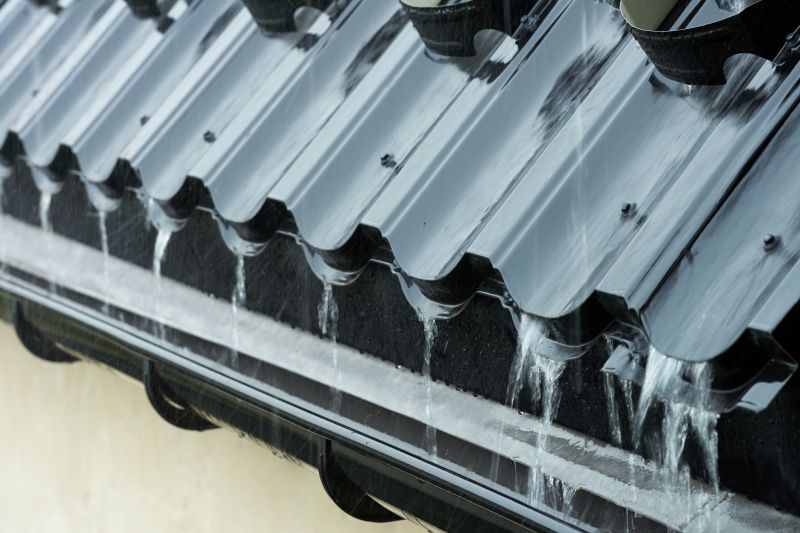
Installing porch drainage systems during dry weather minimizes delays and ensures proper setting of materials.
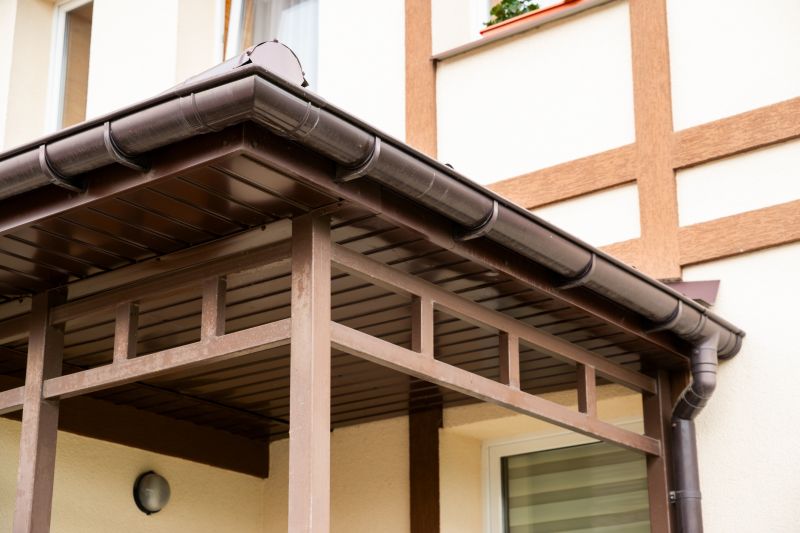
These seasons typically offer optimal conditions with warmer temperatures and less precipitation.
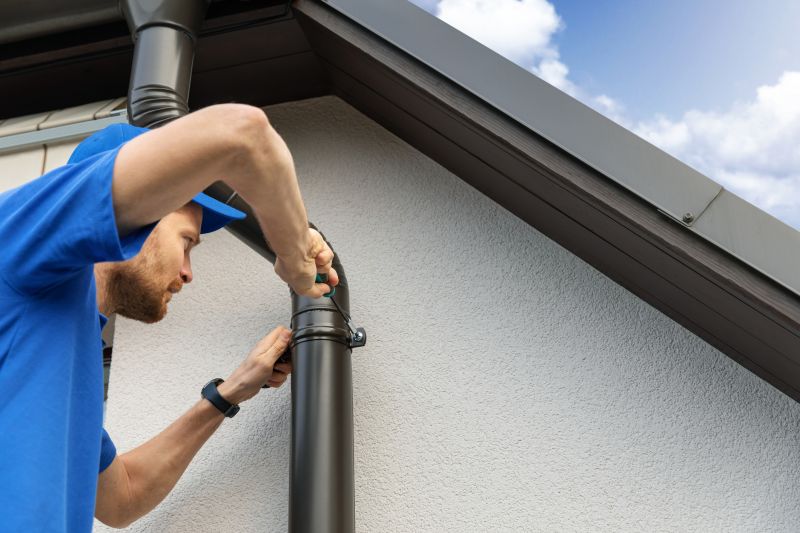
Cold temperatures and frequent rain can hinder installation and affect material performance.
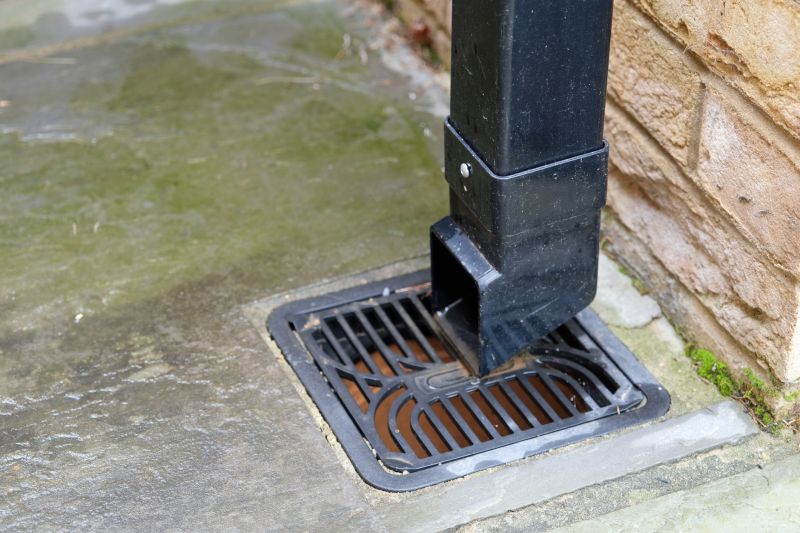
Ways to make Porch Drainage Installations work in tight or awkward layouts.
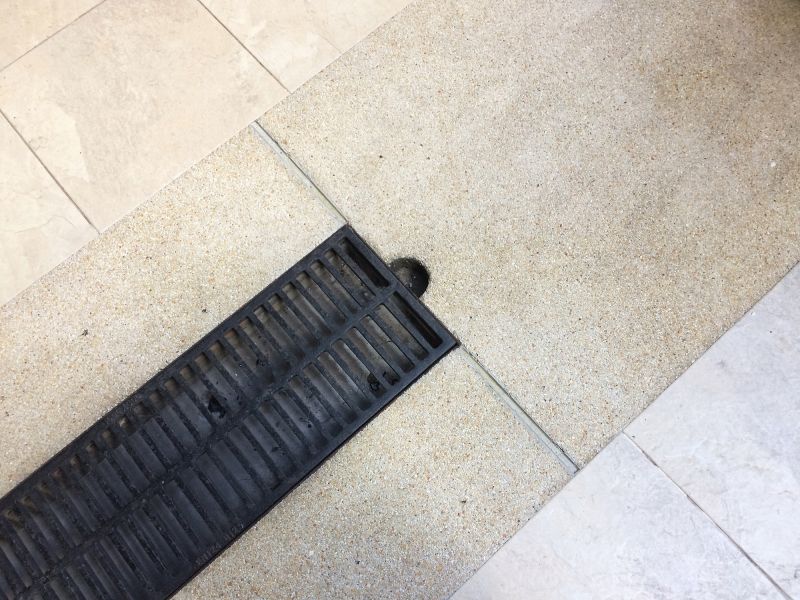
Popular materials for Porch Drainage Installations and why they hold up over time.

Simple add-ons that improve Porch Drainage Installations without blowing the budget.
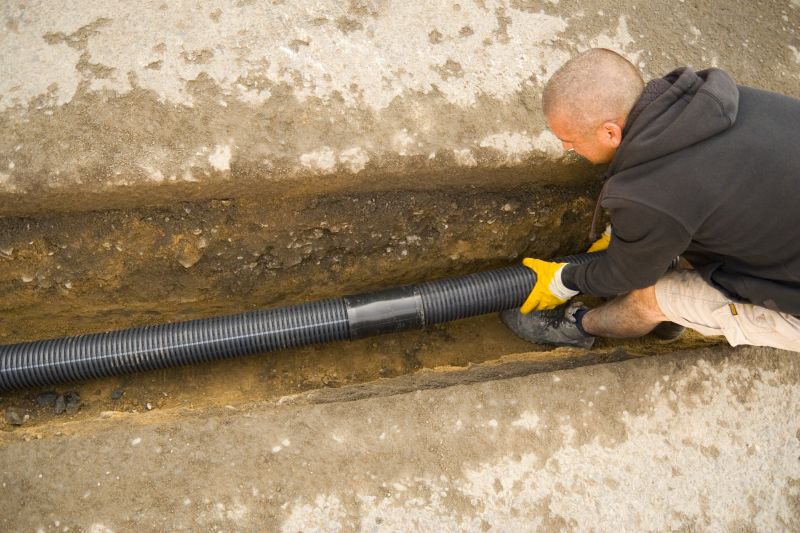
High-end options that actually feel worth it for Porch Drainage Installations.
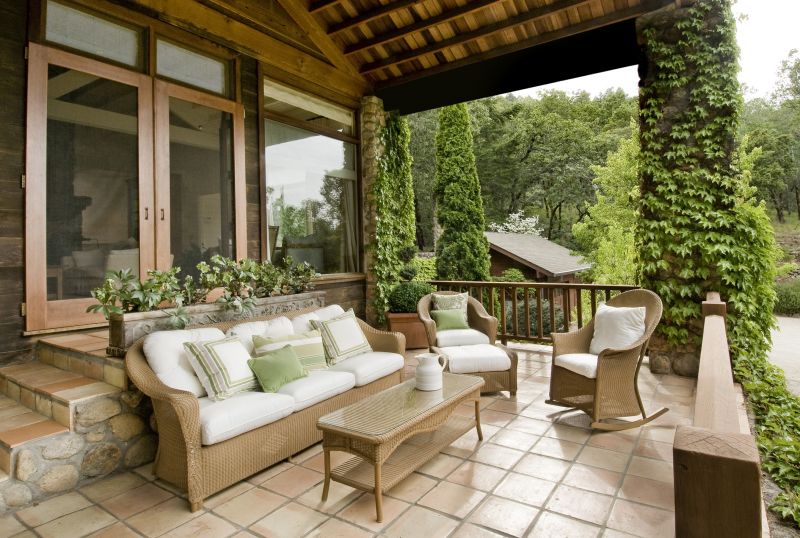
Finishes and colors that play nicely with Porch Drainage Installations.
Porch drainage installations are essential for preventing water accumulation and protecting structures from water damage. Proper timing ensures effective installation and longevity of the drainage system. The best time to undertake these projects is generally during dry seasons when weather conditions support efficient work and material curing.
Statistically, most drainage system failures occur when installations are attempted during adverse weather conditions, such as heavy rain or freezing temperatures. Installing during optimal weather reduces the risk of issues like improper drainage, material warping, or incomplete sealing, which can lead to costly repairs later.
Spring offers moderate temperatures and less rainfall, making it ideal for porch drainage projects.
Warm weather allows for quicker curing times and easier access to work areas.
Cold temperatures and snow can delay installation and compromise materials.
Early fall can be suitable if weather remains dry and temperatures are moderate.
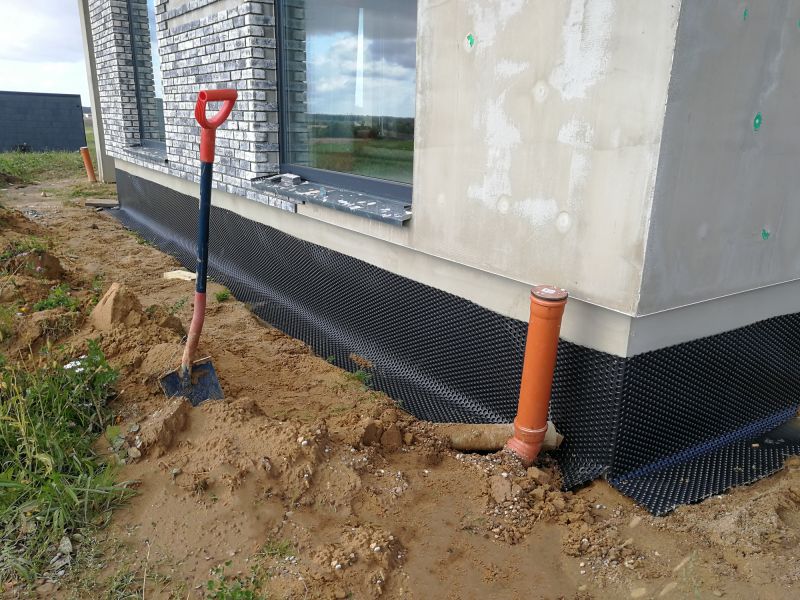
Properly installed drainage directs water away from the porch foundation.
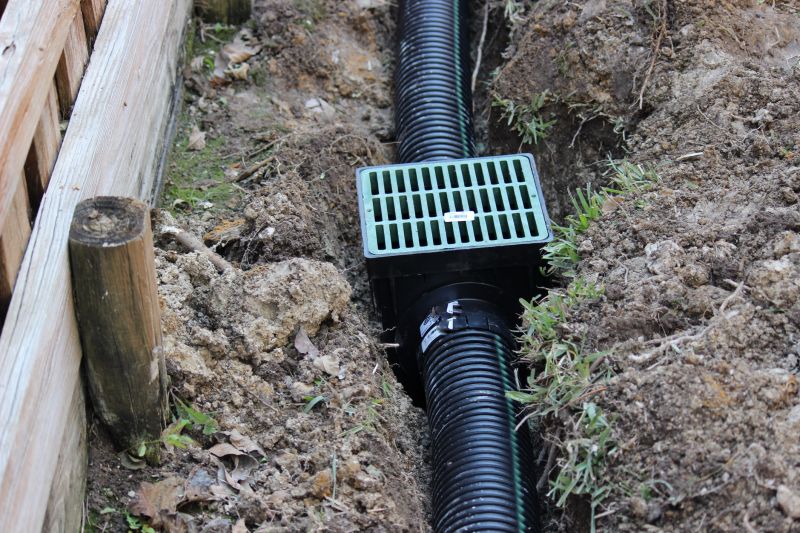
Includes grates, pipes, and catch basins designed for efficient water flow.

Step-by-step installation ensures optimal performance and durability.
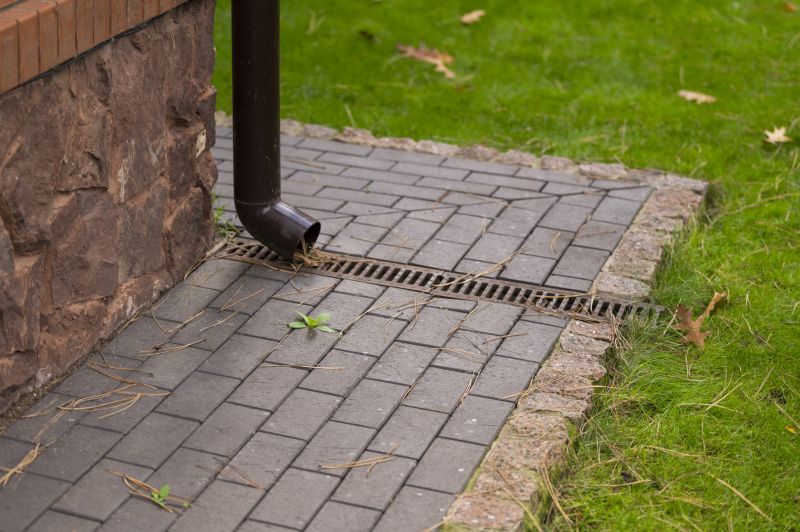
Designing the system to direct water away from the structure.
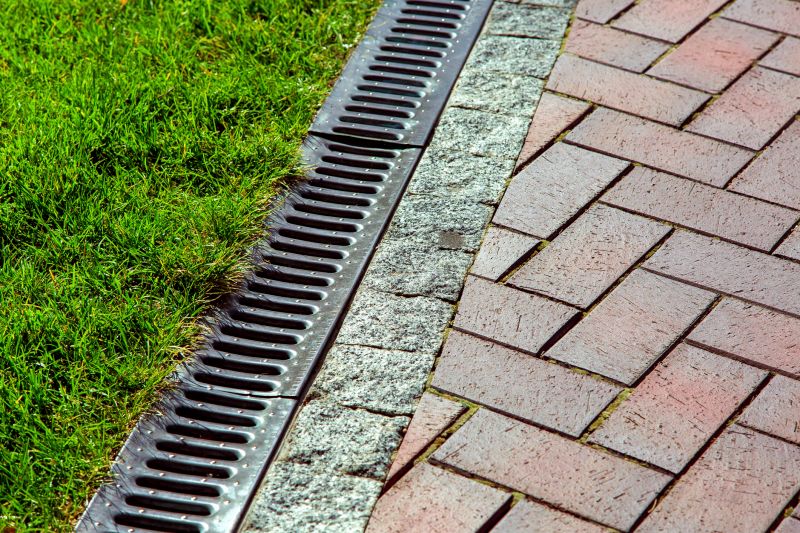
Regular inspections help maintain effective water management.
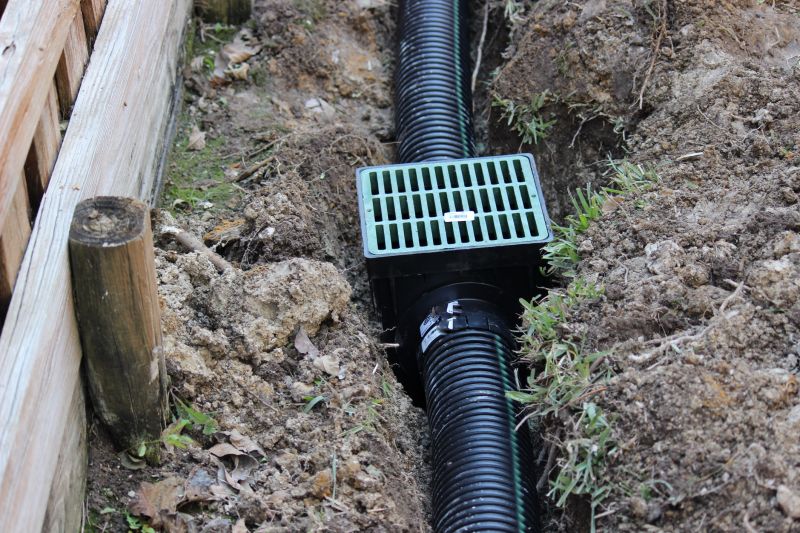
Clogs, improper slope, and material failure can impair system function.

Retrofitting existing systems can improve performance.

Prevents water pooling, protects porch integrity, and reduces slip hazards.
| Season | Advantages |
|---|---|
| Spring | Moderate temperatures, less rain, ideal for installation. |
| Summer | Warm weather, faster curing, easier access. |
| Fall | Potential for dry days, suitable early in season. |
| Winter | Not recommended due to cold and snow. |
| Late Fall | Risk of early frost, delays possible. |
Choosing the appropriate time for porch drainage installation can influence the system's effectiveness and lifespan. Planning installations during favorable weather reduces the likelihood of delays and material issues, ensuring a reliable water management solution.
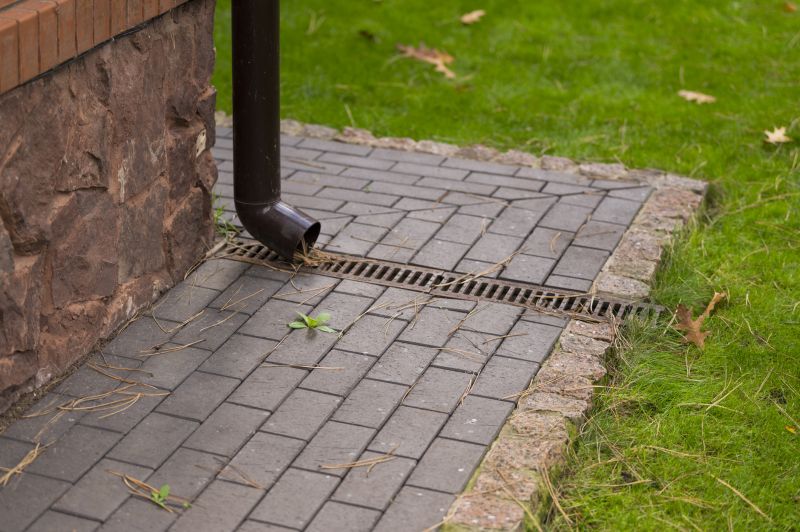
An effective system channels water away from the porch.
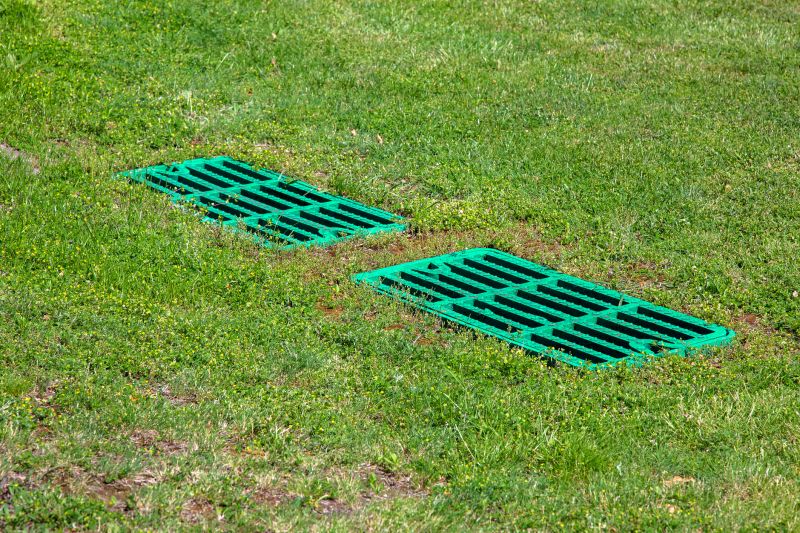
Ensures water flows efficiently towards catch basins.

High-quality materials improve durability.
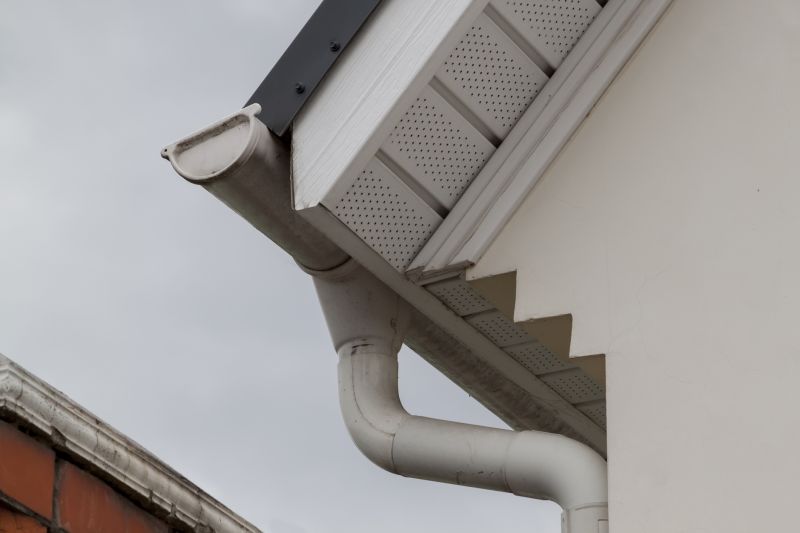
Properly installed and ready for weather conditions.
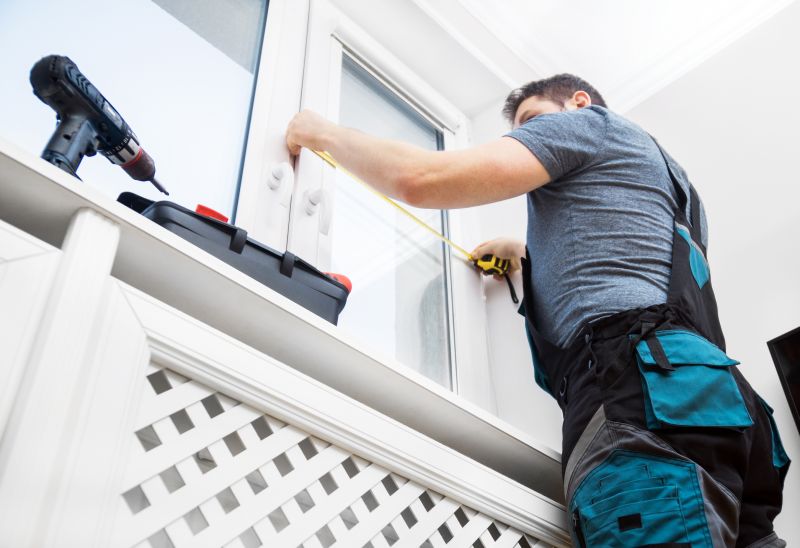
Little measurements that prevent headaches on Porch Drainage Installations day.
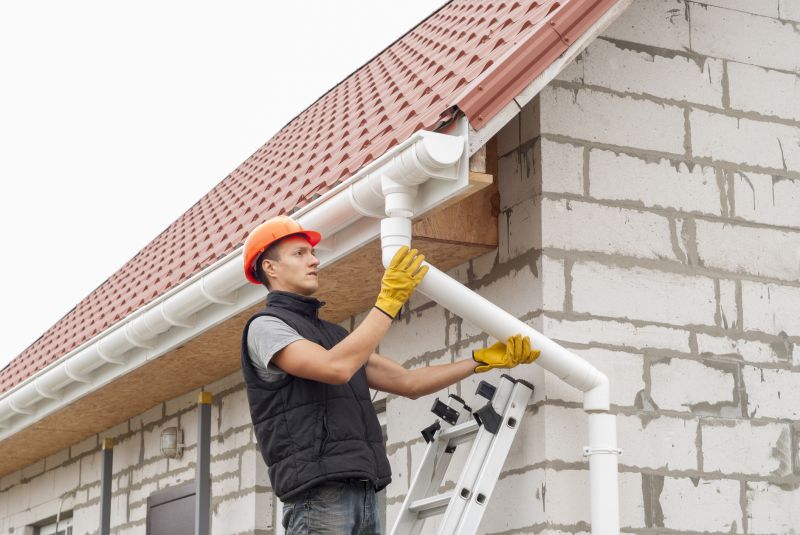
A 60-second routine that keeps Porch Drainage Installations looking new.
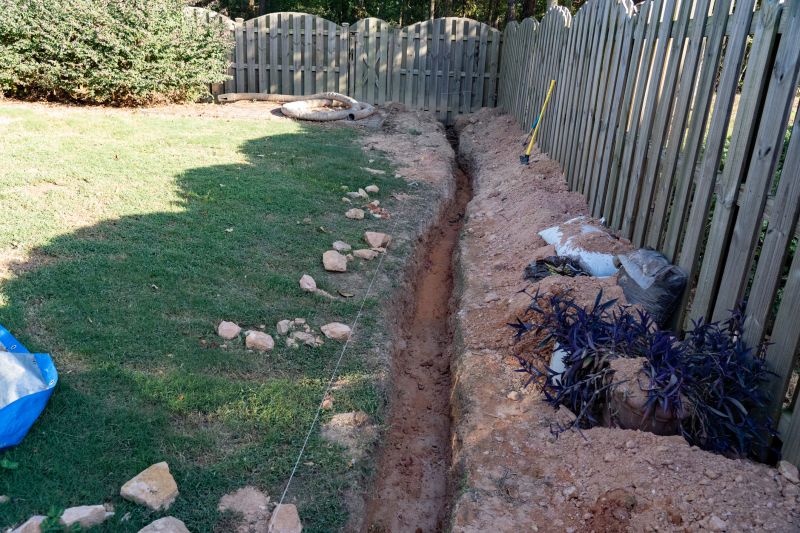
A frequent mistake in Porch Drainage Installations and how to dodge it.
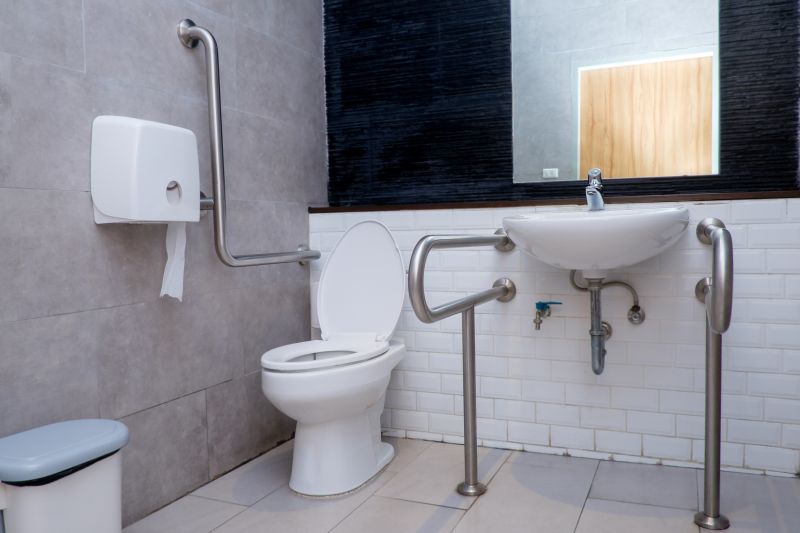
Small tweaks to make Porch Drainage Installations safer and easier to use.
Interested in porch drainage installations? Filling out the contact form can provide details tailored to specific needs and scheduling preferences. Proper timing and installation practices contribute to a long-lasting, effective drainage system that protects the porch and surrounding structures.
